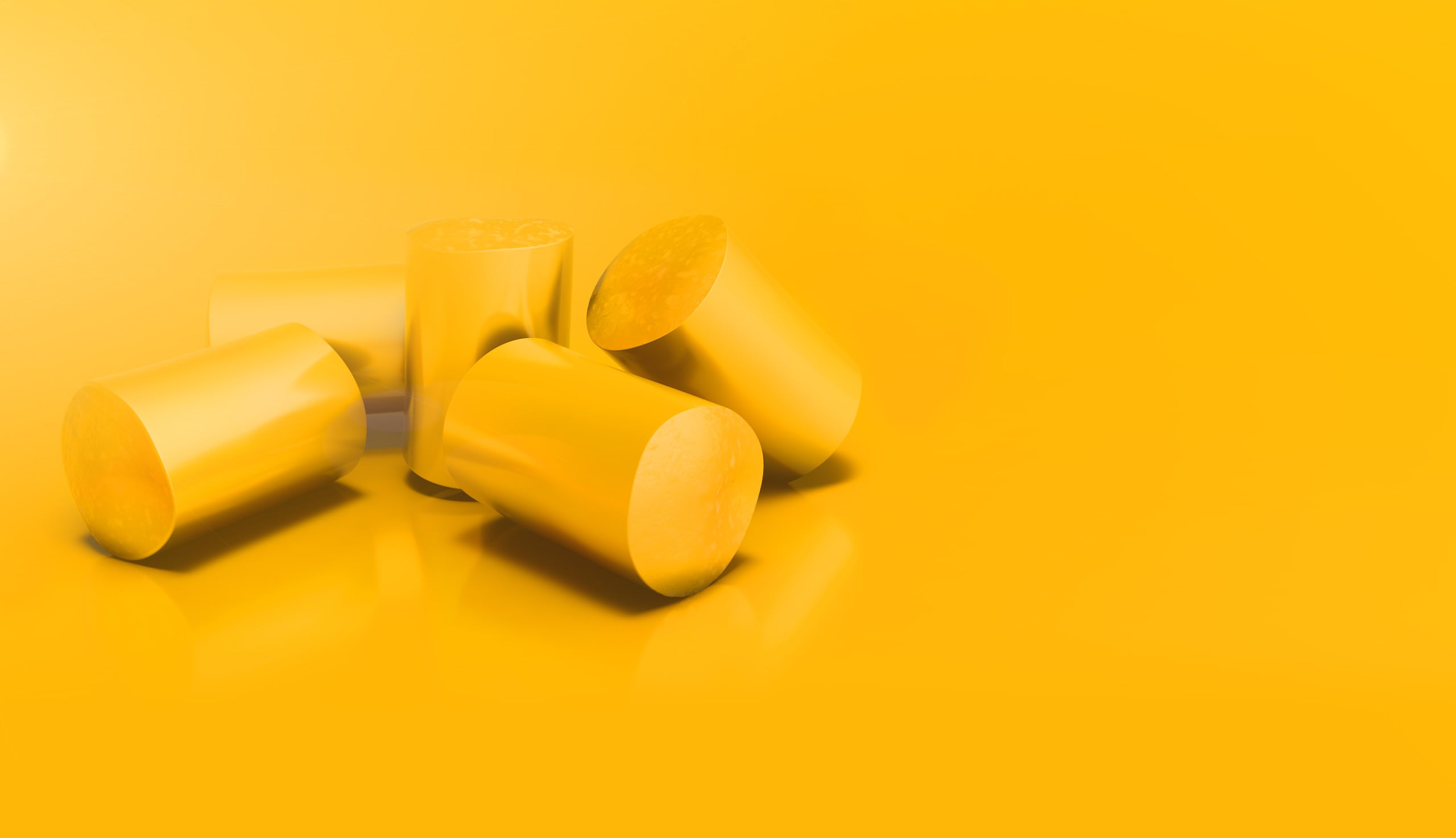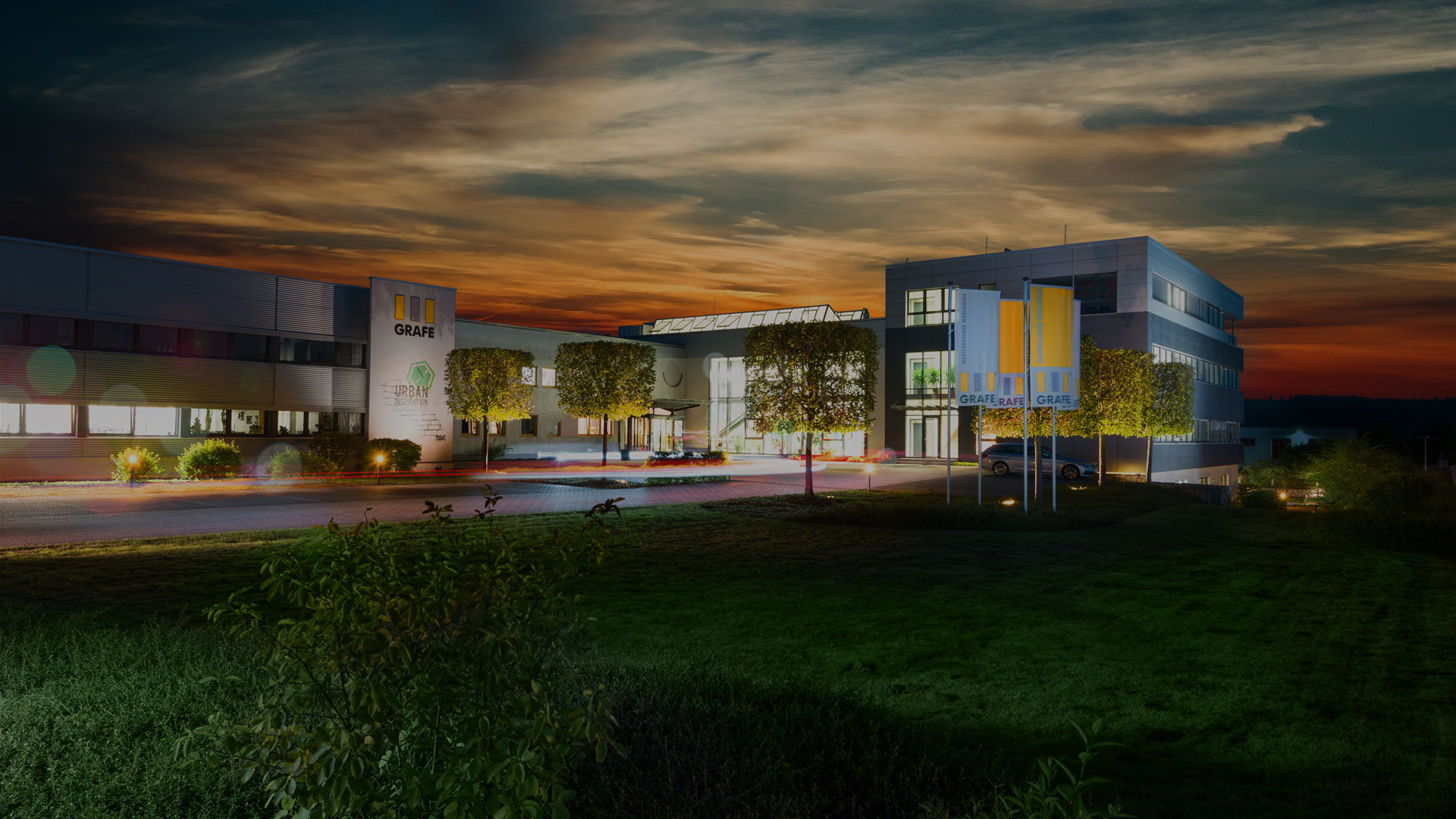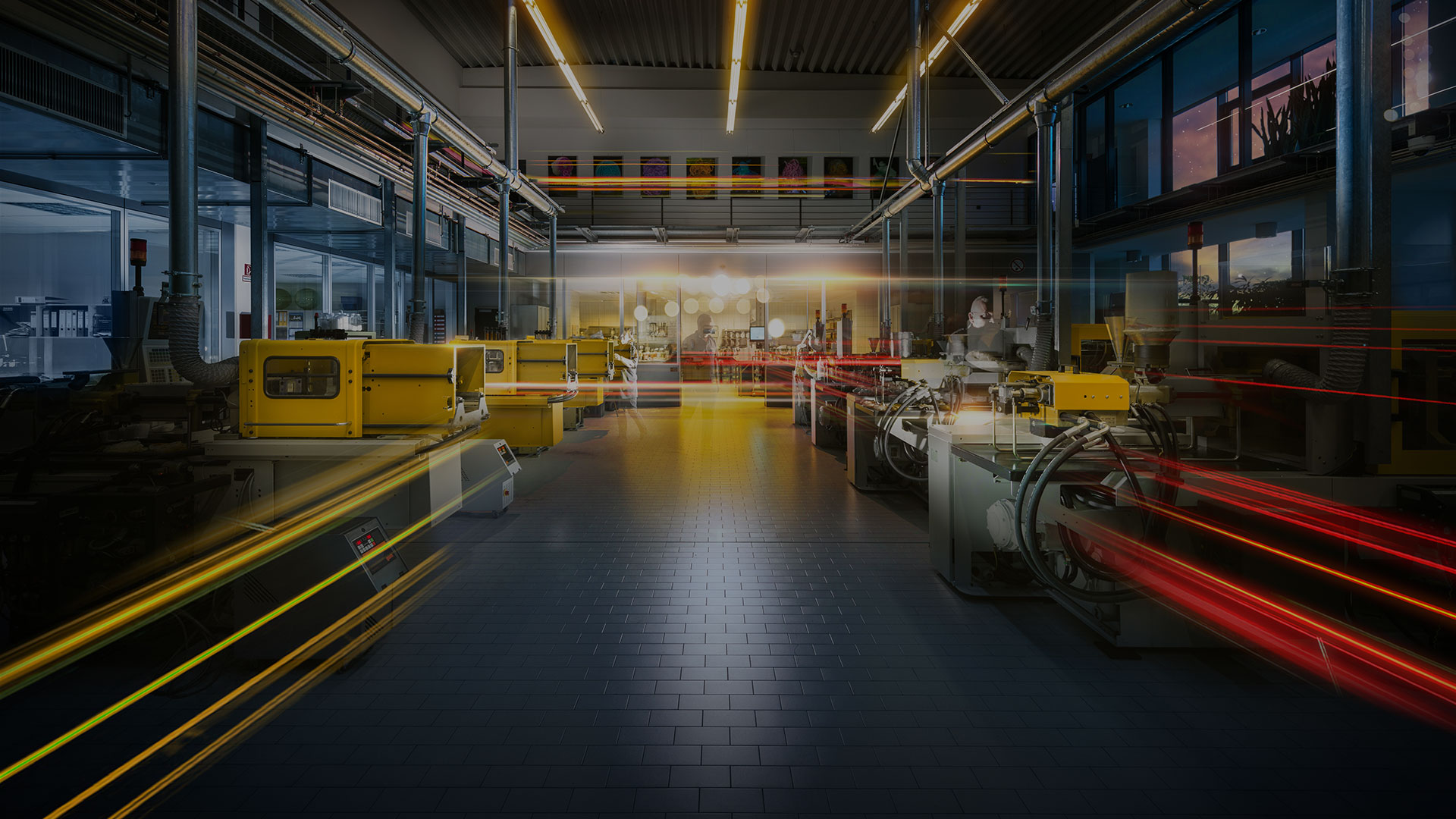Additives
GRAFE turns plastic into a high-tech product and continuously develops innovative functions that are perfectly tailored to your requirements.
![]()
Laser markings on plastics
GRAFE supports its customers with optimal solutions for laser marking and a comprehensive range of services. Unlike other processes, laser marking is resistant to chemicals and abrasion and enables long-lasting, very clean, precise and sharp-edged marking of components without pretreatment. The process is used, for example, in the automotive and electrical industries.
A special challenge for our developers: in order to meet the high requirements of the materials used for laser marking in terms of contrast, edge sharpness and marking speed, we always develop an optimum formulation. The process can be completed in three variants: dark, light and colored.


![]()
UV masterbatch for PC double-webbed sheets
Ultraviolet light is essential in nature – it creates growth and biological equilibrium. However, ultraviolet light is also a relatively high-energy radiation that constantly presents challenges to masterbatch manufacturers.
Ultraviolet light causes plastics and colors to age. The durability of plastic components decreases significantly. Plastics are therefore made more resistant with the help of ultraviolet absorbers.
Twin-wall sheets (or double-webbed sheets) are normally made from polycarbonate. Unlike PMMA or polyolefins, PC is highly susceptible to high-energy radiation, loses its strength over time and becomes increasingly yellow. Manufacturers usually use PC compounds with an addition of around 5 to 6 percent of UV absorbers. These compounds are mainly used in coex processes. The thickness of the layer and thus the concentration of UV absorbers on the surface subsequently determine the guaranteed service life of the twin-wall sheet in outdoor applications.
The UV masterbatch for PC twin-wall sheets recently developed by GRAFE offers the advantages of highly concentrated additive masterbatches and contains 50 percent of the active substance in addition to optical brightener and a fining agent. The masterbatch is added to the pure PC in a quantity of 10 to 12 percent and applied to the twin-wall sheet.

Forgery protection
GRAFE offers you an innovative additive masterbatch: a combination of chemical substances for product labeling. These can be set in terms of the quality and quantity in the end product by means of X-ray fluorescence analysis.
The additive masterbatch is intended for use in the field of synthetic yarns and fibers – both for commodity products and for specialties based on PP, PA and PET. The active ingredients in the marker masterbatch can also be used universally in many other plastics. Common processing methods for thermoplastics, solvents, washing solutions, dye baths and spinning oils do not harm the masterbatch.
Another option is combination with colors in the masterbatch – a complete solution for special requirements.
With our in-house XRF system, we offer technical support and assistance in the evaluation of the marker masterbatch in the laboratory or during initial validation in production.



New High Performance Antistatic Masterbatch
GRAFE’s exclusive High Performance Antistatic agent has a surface resistance in the static-dissipative range between 106 and 109 ohms. This high antistatic protection helps to avoid sudden discharges of technical devices, reduces dust attracted to surfaces and minimizes the danger of sudden explosions, thus providing special protection for sensitive electronic devices.
More than three years of research prove the long-term effect of our antistatic masterbatch, which takes effect as soon as the end product is made. The high performance antistatic masterbatch can be combined with color masterbatches or fillers as required. By using low dosages, our customers save costs without being restricted in their design ideas and production processes.
- INJECTION MOLDING
- BLOW MOLDING
- SPUN FIBERS
- NON-WOVEN MATERIALS
- DEEP-DRAWN PARTS
- PVC PRODUCTS
- TRANSPARENT AND COLORLESS ITEMS IN THE NON-FOOD SECTOR
Additivbatches
THERMAL STABILIZERS

PROCESSING AIDS

PHOTOSELECTIVE ADDITIVES

NIR AND IR ABSORBERS

ANTISTATICS
BIOCIDE ADDITIVES

FLAME RETARDANTS

UV STABILIZERS
METAL DEACTIVATORS
ANTI-FOGGING AGENTS





